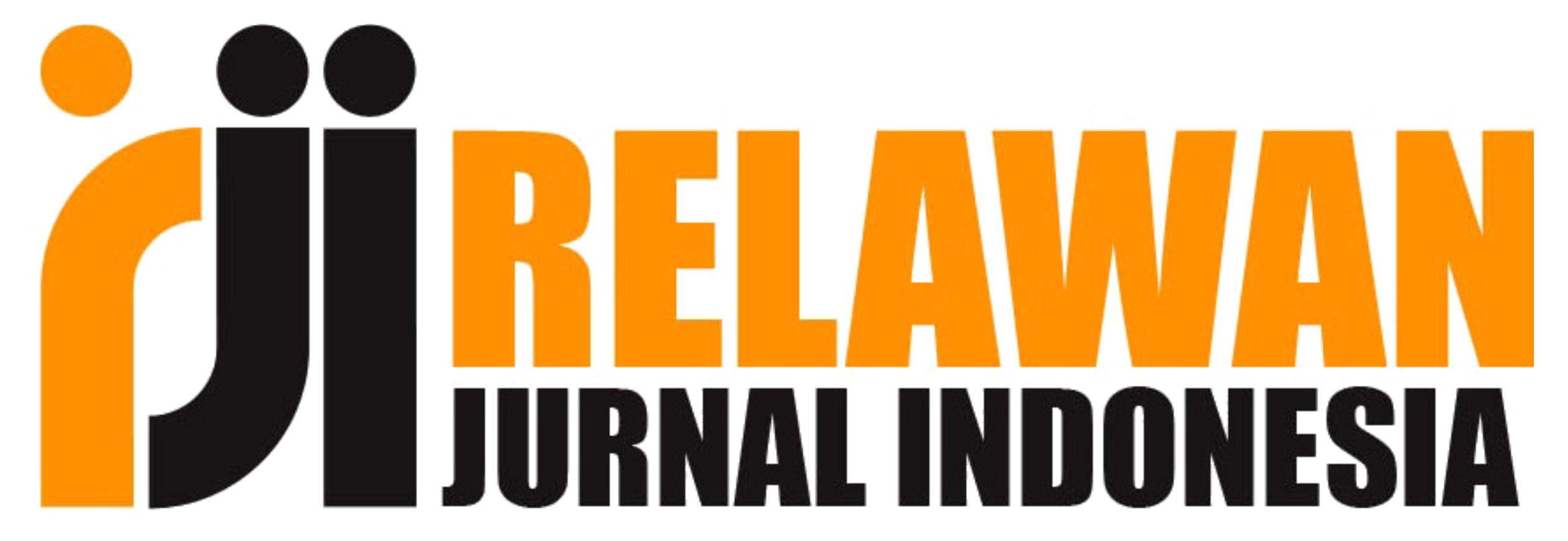Analysis Food Demand of Java Households with Aids Model Estimates
Abstract
The quantity and quality of food consumed by the community are determined by the price level and household income. Household food expenditure share is still dominated by rice commodities. The aims of this study are 1) to analyze the level of household expenditure on food in Java and (2) to analyze the expenditure elasticity and price elasticity of household food demand in Java. The data used was March 2015, 2016, and 2017 SUSENAS data. Household consumption data was estimated using the AIDS Model. The results showed that household food expenditure share for medium and low-income groups (Q3 and Q4) for urban and rural areas was more than 50 percent. This shows that the household is food insecure. The own-price elasticity for all commodities is negative and inelastic. Changes in food prices do not significantly affect changes in demand for food commodities because their elasticity is inelastic. Household food demand is more influenced by food prices than household income for food commodities except for rice commodities. Rice has elastic expenditure elasticity (means that food demand is very responsive to changes in household expenditure/income. The relationship between each commodity is almost entirely negative (complementary).
Keywords
Full Text:
PDFReferences
Aftab, S., Yaseen, M. R., and Anwar, S. 2017. Impact of rising food prices on consumer welfare in the most populous countries of South Asia. International Journal of Social Economics Emerald Publishing Limited.
Anríquez, G., Daidone, S., and Mane, E. 2013. Rising food prices and undernourishment: A cross-country inquiry. Food Policy 38(1): 190–202. DOI: 10.1016/j.foodpol.2012.02.010
Ariani, M. 2010. Analisis konsumsi pangan tingkat masyarakat mendukung pencapaian diversifikasi pangan. Gizi Indonesia 33(1).
Ariani, M., and Ashari, N. 2016. Arah, Kendala dan Pentingnya Diversifikasi Konsumsi Pangan di Indonesia. Forum penelitian Agro Ekonomi 21(2): 99. DOI: 10.21082/fae.v21n2.2003.99-112
Arndt, C., Benfica, R., Maximiano, N., Nucifora, A. M. D., and Thurlow, J. T. 2008. Higher fuel and food prices: impacts and responses for Mozambique. Agricultural Economics Wiley Online Library 39: 497–511.
Deaton, A., and Muellbauer, J. 1980. Economics and consumer behavior. Cambridge university press.
Farooq, U., Young, T., and Iqbal, M. 1999. An investigation into the farm households consumption patterns in Punjab, Pakistan. The Pakistan Development Review JSTOR 293–305.
Matz, J. A., Kalkuhl, M., and Abegaz, G. A. 2015. The short-term impact of price shocks on food security-Evidence from urban and rural Ethiopia. Food Security Springer 7(3): 657–679.
Miranti, A., Syaukat, Y., and Harianto, N. 2016. Pola Konsumsi Pangan Rumah Tangga di Provinsi Jawa Barat. Jurnal Agro Ekonomi 34(1): 67. DOI: 10.21082/jae.v34n1.2016.67-80
Nicholson, W. 1995. Mikroekonomi Intermediate dan Aplikasinya.Terjemahan dari Intermediate Microeconomic, oleh Agus Maulana. Binarupa Aksara, Jakarta.
Pindyck, R., and Rubinfeld, D. 2013. Microeconomics. (S. Yagan, ed.) Prentice Hall, New Jersey.
Purwaningsih, Y., Hartono, S., Masyhuri, M., and Mulyo, J. H. 2015. Pola Pengeluaran Pangan Rumah Tangga Menurut Tingkat Ketahanan Pangan Di Provinsi Jawa Tengah. Jurnal Ekonomi Pembangunan: Kajian Masalah Ekonomi dan Pembangunan 11(2): 236. DOI: 10.23917/jep.v11i2.327
Purwaningsih, Y., Hartono, S., and Mulyo, J. H. 2010. Analisis Permintaan Pangan Rumah Tangga Menurut Tingkat Ketahanan Pangan di Provinsi Jawa Tengah (Analisis Data Susenas 2008) (The Analysis of Household Food Demand on Central Java Province) (Analysis of Susenass Data 2008). Eko-Regional 5(1): 43–52.
Rachman, H. P. S., and Ariani, M. 2016. Penganekaragaman Konsumsi Pangan Di Indonesia. Kementrian Pertanian RI 6(2): 140–154.
Sudaryanto, T., Rusastra, I. W., Simatupang, P., and Ariani, M. 2000. Reorientasi Kebijakan Pembangunan Tanaman Pangan Pasca Krisis Ekonomi. Dalam LIPI: Widyakarya Nasional Pangan dan Gizi VII. Lembaga Ilmu Pengetahuan Indonesia, Jakarta.
Suriani, D. S. A. H., Rizki, C. Z., and Majid, M. S. A. 2018. Analysis of Food Demand Elasticity of Rice for the Poor in Aceh, Indonesia: An Almost Ideal Demand System Approach. DLSU Business & Economics Review 27(2): 179–189.
The Economist Intelligence (EIU). 2015. Global food security index 2015 An annual measure of the. A report From Economist Intelligence (EIU).
The Economist Intelligence (EIU). 2016. Global food security index. A report From Economist Intelligence (EIU).
The Economist Intelligence (EIU). 2017. Global food security index. A report From Economist Intelligence (EIU).
The Economist Intelligence (EIU). 2018. Global food security index. A report from The Economist Intelligence Unit.
The Economist Intelligence (EIU). 2019. Strengthening food systems and the environment through innovation and investment GLOBAL FOOD SECURITY INDEX 2019. A report From Economist Intelligence (EIU).
Timmer, C. P. 2004. Working Paper Number 48 November 2004. Time (48).
Torlesse, H., Kiess, L., and Bloem, M. W. 2003. Association of Household Rice Expenditure with Child Nutritional Status Indicates a Role for Macroeconomic Food Policy in Combating Malnutrition. American Society for Nutritional Sciences (January 2003): 1320–1325. DOI: https://doi.org/10.1093/jn/133.5.1320
Zhou, Z.-Y., Liu, H., and Cao, L. 2014. Food consumption in China: The revolution continues. Edward Elgar Publishing.
DOI: http://dx.doi.org/10.24856/mem.v27i01.2550
Article Metrics
Abstract view : 2659 timesPDF - 0 times
Refbacks
- There are currently no refbacks.
Copyright (c) 2022 Media Ekonomi dan Manajemen

This work is licensed under a Creative Commons Attribution 4.0 International License.

This work is licensed under a Creative Commons Attribution 4.0 International License.







